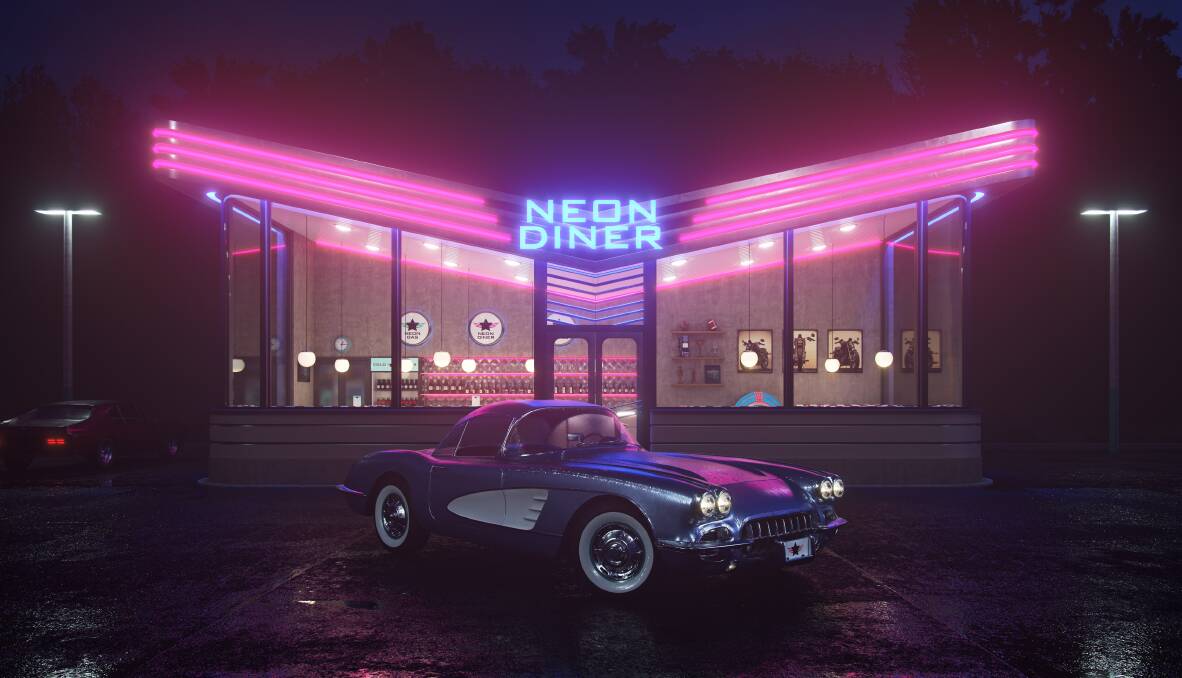
Of all the things to worry about running out of in the short to medium term as a result of Russia's war on Ukraine, neon gas probably doesn't rate that highly.
Longer term though it could pose a major problem, because the manufacturing hardware that makes silicon microchips (microprocessors, semiconductors) needs neon gas to function properly.
Microprocessors can be found in so many things in today's world, and while there are some goods which aren't all that vital to everyday life like a smart fridge (my dumb fridge is still doing just fine), there are other goods which simply cannot exist without their silicon-based electronics.
Cars for instance, have long relied on their electronic functions even for simple things like engine management which is part of how internal combustion units have been able to pass ever-tightening tailpipe emission regulations. And then there's all the forms of alerts and assistance you probably expect a new vehicle to have. Today's battery powered cars meanwhile, are more like an electronic device that you travel inside of.
Neon was discovered in 1898 at University College London by (Sir) William Ramsay and Morris Travers. It is an odourless, colourless, inert gas, which means it will not react with any other element.
Microchip production involves a process called lithography. Machines with very precise lasers carve patterns onto tiny pieces of silicon, and neon is used to help these lasers put out deep ultraviolet light. It's also not the only gas used to manipulate the spectrum of light these machines put out, but it is by far the main one. And these machines do need their gases changed periodically.
Neon also has other uses, but semiconductor manufacture consumes something like three quarters of the normal global supply.
About half the world's neon production went offline in March, 2022 because two of the main factories that were bottling it were located in parts of Ukraine where Russia has basically applied a scorched-earth policy of just destroying everything. Even if the factories have survived, there's nobody around to keep them running nor any way to ship it out to those who want it.
On top of that, at the beginning of June, 2022 Russia halted the export of its neon, taking around 60 per cent of the remaining global production off the market (so with Russia's 30 percent out, and Ukraine's more than 50 percent out, we're down to less than 20 per cent of the supply that was available at the start of the year).
As for what a semiconductor shortage means, we already know. The coronavirus pandemic, and drought in Taiwan where many high-end semiconductors are produced (semiconductor production uses a lot of water), meant major disruption to many supply chains and long waits for anything from cars to computers and lots of goods in between.
Also on the subject of shortages broadly related to the use of silicon, the world is also running out of suitable sand for construction.
Concrete is used to build all sorts of things we need for motoring like bridges, tunnels, multi-storey car parks and Jersey kerbs (concrete crash barriers), and sand is a major ingredient of concrete.
Sand is also an ingredient in some of the different layers of roads, including the tarmac surface.
Concrete can't just use any sand though, it has to be coarse with jagged edges in order to provide adequate structural integrity.
Desert sand is not suitable because each grain has been rounded off over time, so the grains can't interlock to create the strength required.
River sand is actually the preferred source for much construction, but removing that tends to cause substantial environmental damage.
Beyond staggeringly-high demand, another reason the world is running short of suitable sand is dams. Since coarse sand is from rivers, blocking this flow has stopped the sand making its way downstream.
Taking sand from beaches isn't a good idea either. In the USA for instance they spend billions dredging up ocean sand to replenish their eroding beaches.

